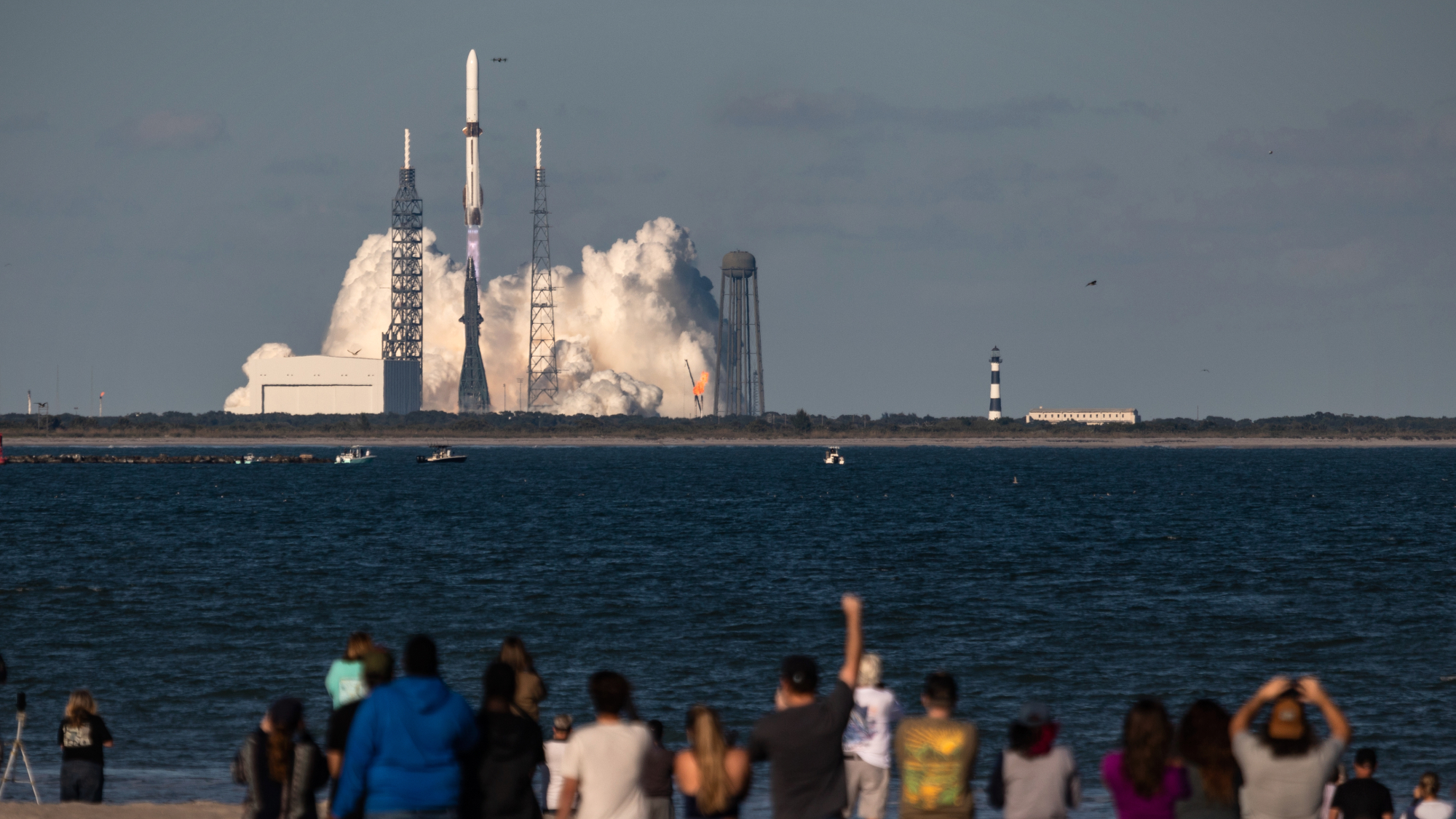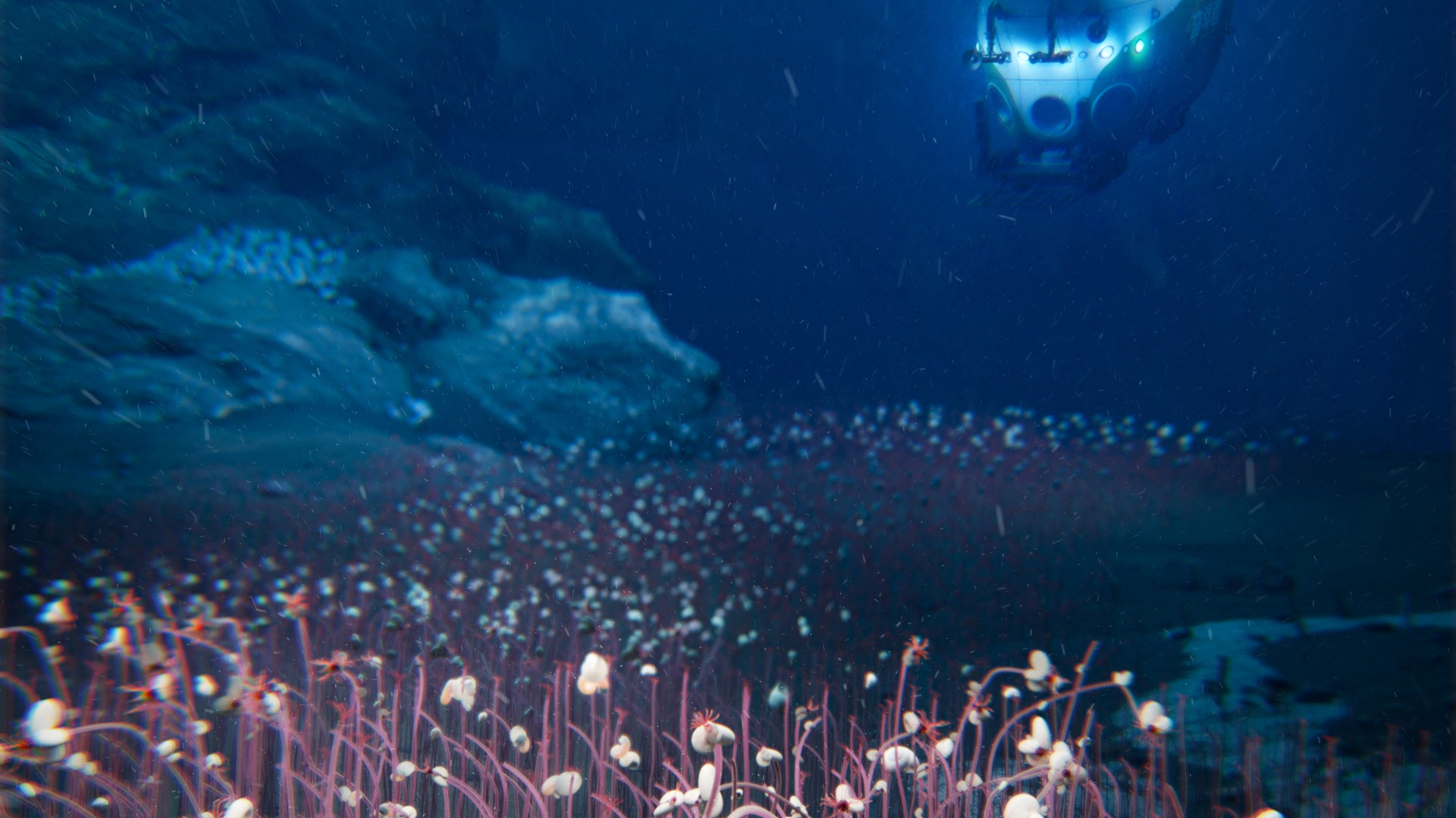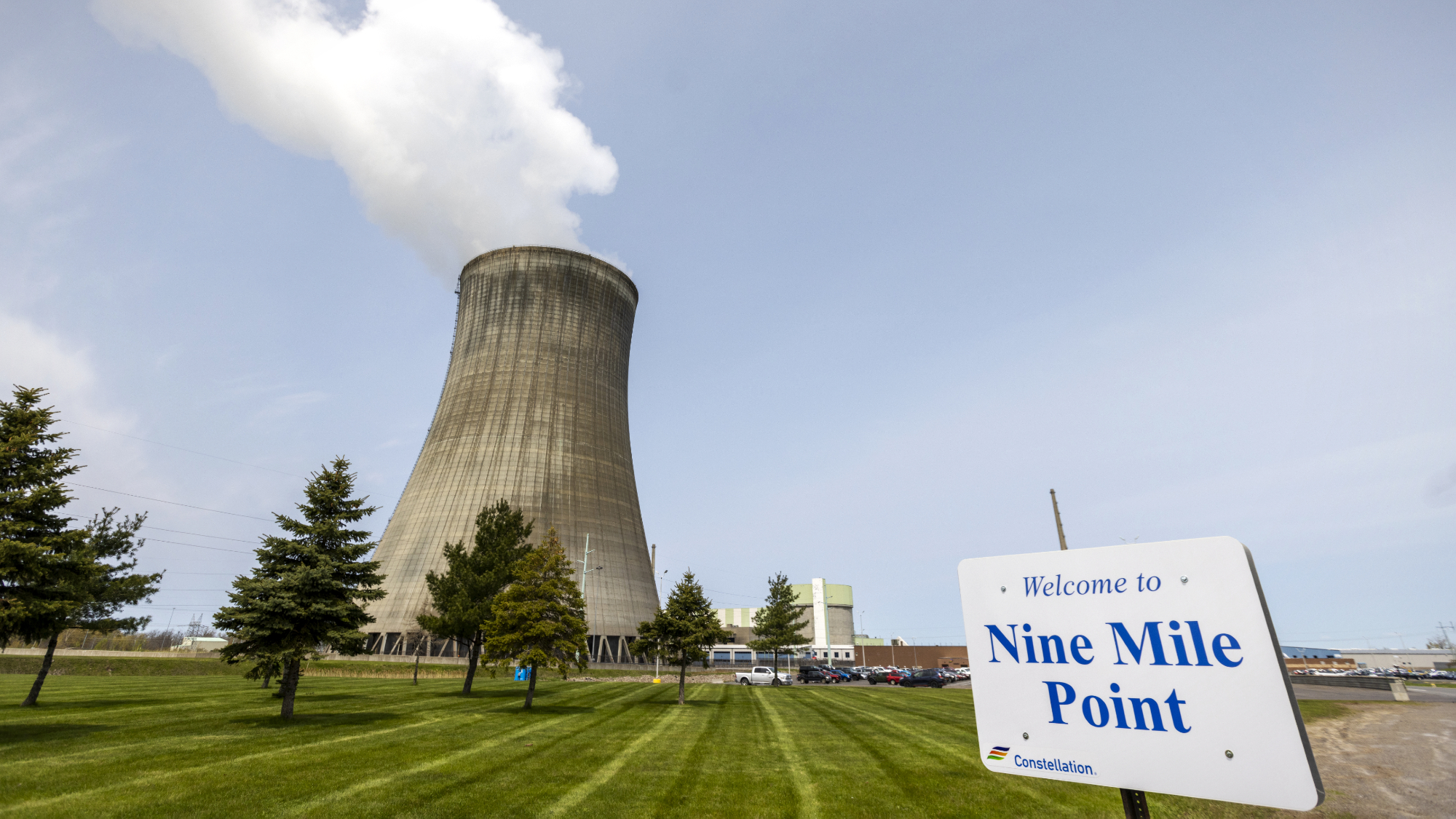Scientists reportedly discover the first water clouds beyond our solar system


Astronomers have reportedly discovered signs of water clouds 7.3 light-years away from Earth.
The water clouds would be the first to be found beyond our solar system, if the discovery is confirmed. The findings will be published in The Astrophysical Journal Letters.
Kevin Luhman, an astronomer at Pennsylvania State University, University Park, found the clouds with images taken from 2010 to 2011 by NASA's WISE infrared telescope. The clouds surround a brown dwarf — a.k.a. a "failed star" that has faded and cooled — named WISE J0855-0714. WISE J0855-0714 is the coldest brown dwarf known to scientists, with a temperature lower than water's freezing point.
The Week
Escape your echo chamber. Get the facts behind the news, plus analysis from multiple perspectives.

Sign up for The Week's Free Newsletters
From our morning news briefing to a weekly Good News Newsletter, get the best of The Week delivered directly to your inbox.
From our morning news briefing to a weekly Good News Newsletter, get the best of The Week delivered directly to your inbox.
"I've been obsessed with this object since its discovery," Jacqueline Faherty, an astronomer at the Carnegie Institution for Science in Washington, D.C., told Science magazine. "I'm absolutely elated." Faherty used Chile's Magellan Baade telescope to capture images that matched previous models of a brown dwarf with water clouds.
The evidence is still tentative, but scientists are fascinated with the discovery's implications. If water clouds are confirmed outside our solar system, the findings could provide astronomers with new information about space's atmospheres. Science reports that the brown dwarf will likely be explored further by NASA's James Webb Space Telescope, which is in the assembly and test process. --Meghan DeMaria
A free daily email with the biggest news stories of the day – and the best features from TheWeek.com
Meghan DeMaria is a staff writer at TheWeek.com. She has previously worked for USA Today and Marie Claire.
-
 Could Trump run for a third term?
Could Trump run for a third term?The Explainer Constitutional amendment limits US presidents to two terms, but Trump diehards claim there is a loophole
-
 Political cartoons for November 28
Political cartoons for November 28Cartoons Friday's political cartoons include economic diagnosis, climate distractions, and more
-
 What does the fall in net migration mean for the UK?
What does the fall in net migration mean for the UK?Today’s Big Question With Labour and the Tories trying to ‘claim credit’ for lower figures, the ‘underlying picture is far less clear-cut’
-
 Blue Origin launches Mars probes in NASA debut
Blue Origin launches Mars probes in NASA debutSpeed Read The New Glenn rocket is carrying small twin spacecraft toward Mars as part of NASA’s Escapade mission
-
 Dinosaurs were thriving before asteroid, study finds
Dinosaurs were thriving before asteroid, study findsSpeed Read The dinosaurs would not have gone extinct if not for the asteroid
-
 SpaceX breaks Starship losing streak in 10th test
SpaceX breaks Starship losing streak in 10th testspeed read The Starship rocket's test flight was largely successful, deploying eight dummy satellites during its hour in space
-
 Rabbits with 'horns' sighted across Colorado
Rabbits with 'horns' sighted across Coloradospeed read These creatures are infected with the 'mostly harmless' Shope papilloma virus
-
 Lithium shows promise in Alzheimer's study
Lithium shows promise in Alzheimer's studySpeed Read Potential new treatments could use small amounts of the common metal
-
 Scientists discover cause of massive sea star die-off
Scientists discover cause of massive sea star die-offSpeed Read A bacteria related to cholera has been found responsible for the deaths of more than 5 billion sea stars
-
 'Thriving' ecosystem found 30,000 feet undersea
'Thriving' ecosystem found 30,000 feet underseaSpeed Read Researchers discovered communities of creatures living in frigid, pitch-black waters under high pressure
-
 New York plans first nuclear plant in 36 years
New York plans first nuclear plant in 36 yearsSpeed Read The plant, to be constructed somewhere in upstate New York, will produce enough energy to power a million homes
